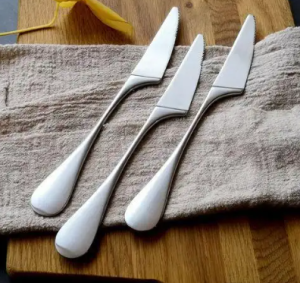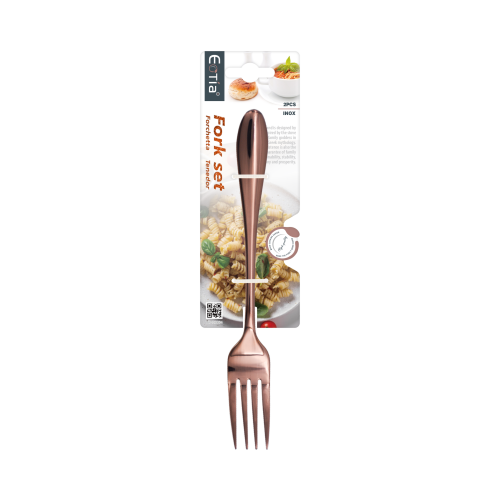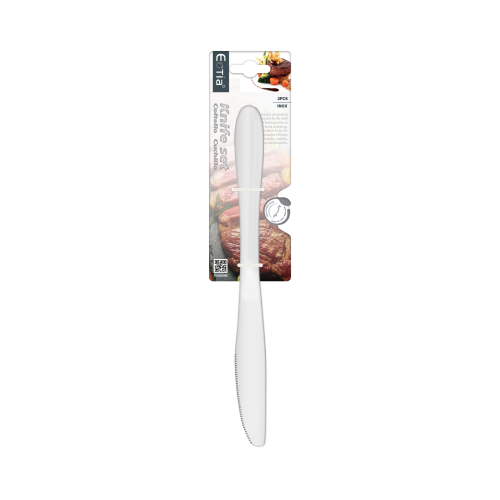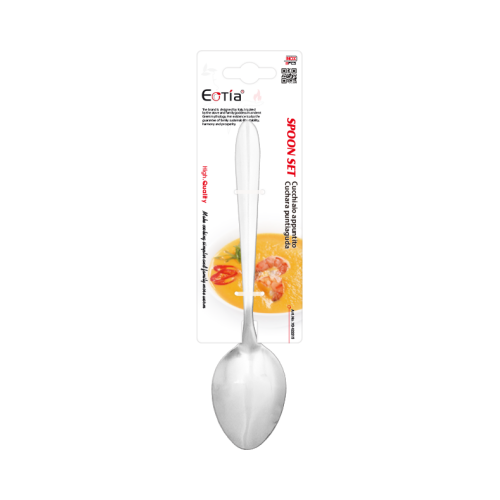When it comes to cutlery, the **dinner knife** is often overlooked in favor of flashier utensils like chef’s knives or steak knives. Yet, this everyday tool plays a crucial role in our dining experience. Whether you’re enjoying a casual meal or a formal dinner, the dinner knife is a silent workhorse that deserves recognition.

What Makes a Good Dinner Knife?
A well-designed dinner knife should balance functionality and comfort. Key features include:
– Blade Material:Stainless steel is the most common choice, offering durability and rust resistance.
– Edge Type: Unlike serrated steak knives, a standard dinner knife typically has a smooth edge, perfect for softer foods.
– Handle Design: Ergonomic handles (wood, plastic, or metal) ensure a comfortable grip.
The Versatility of the Dinner Knife
While its primary role is cutting, the dinner knife can also:
– Spread butter or jam on bread.
– Assist in pushing food onto a fork.
– Serve as a makeshift tool for light kitchen tasks (though not recommended for heavy-duty use!).
Choosing the Right Dinner Knife
When selecting a dinner knife, consider:
– Weight: A balanced knife feels better in hand.
– Style:Match your cutlery set for a cohesive table setting.
– Maintenance: Dishwasher-safe options save time, but hand washing preserves longevity.The modern dinner knife evolved from early sharp blades used for hunting and combat. By the 17th century, rounded-tip knives became standard for dining, promoting safer and more civilized meals.
What’s your favorite dinner knife design?



